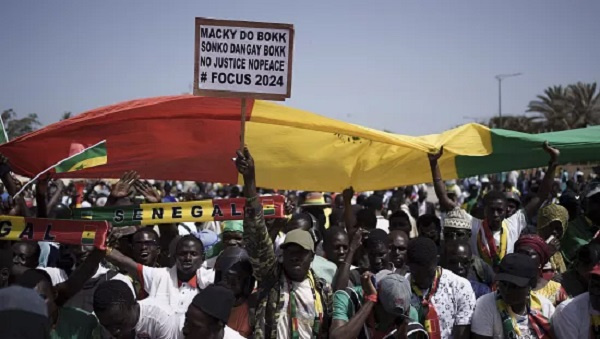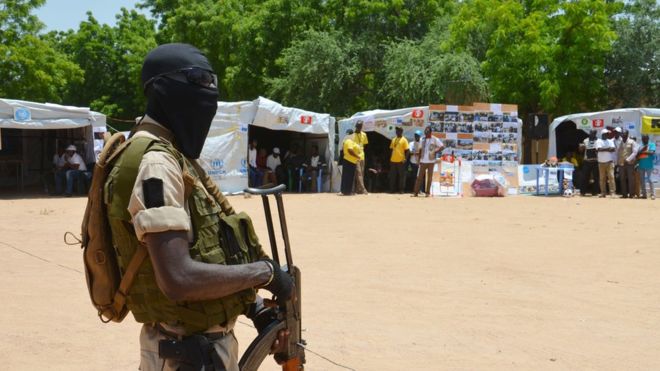S’Africa: Amid fears of black out, electricity minister says work in top gear to stop load shedding

“..We are working very hard, we are burning the diesel, the team is having sleepless nights to make sure that we improve the energy availability factor, very aggressive on the demand side. We are doing everything possible to ensure that we don’t go to hire stages of load shedding.” Ramokgopa added.
Last week, Eskom, the national electricity utility warned the country faces a difficult winter season ahead with the likelihood of increased national blackouts.
The deeply-troubled state-owned power company, Eskom, is currently cutting electricity to South Africa’s 60 million people for up to 10 hours a day in planned cuts because of a desperate lack of supply.
The rolling blackouts are usually applied in two-hour blocks before power is switched on again for a time.
The electricity crisis in Africa’s most developed economy is because of regular breakdowns at its coal-fired power stations and years of mismanagement and corruption at the company.
South Africa has had electricity cuts before – which are referred to locally as loadshedding – but this year has been the worst.
The country’s Electricity Minister Kgosientsho Ramokgopa visited on Monday the Kusile Power Station where several units have gone offline.
“Those units collectively, if they were operating today, if you can imagine, they each giving us about 800 megawatts so you have about 3,200 megawatts,” Ramokgopa said.
He also added that in some instances, power cuts were not always due to a lack of generation, but due to distribution or infrastructure failures.
Eskom has warned that the increased demand for power during the coldest winter months of June and July means that the blackouts could increase to up to 16 hours a day.
The power cuts have also had a devastating effect on South Africa’s economy, which is in danger of going into recession.
Eskom says loadshedding is necessary to avoid a total national blackout.
Source: www.africanews.com





